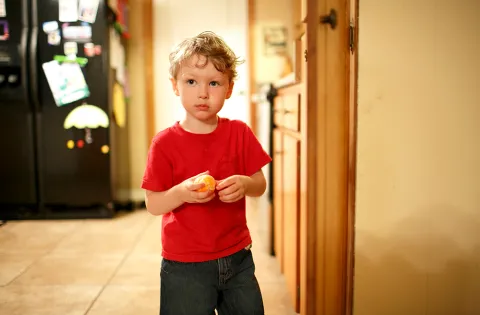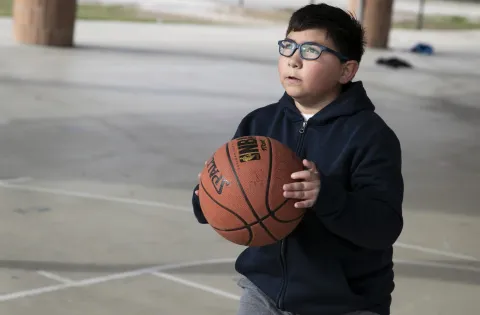This week, No Kid Hungry hosted a “summer nutrition summit”, bringing over 400 state and federal officials, community leaders and parents from across the country to Baltimore to meet one another, share ideas and work together on ways to feed kids.
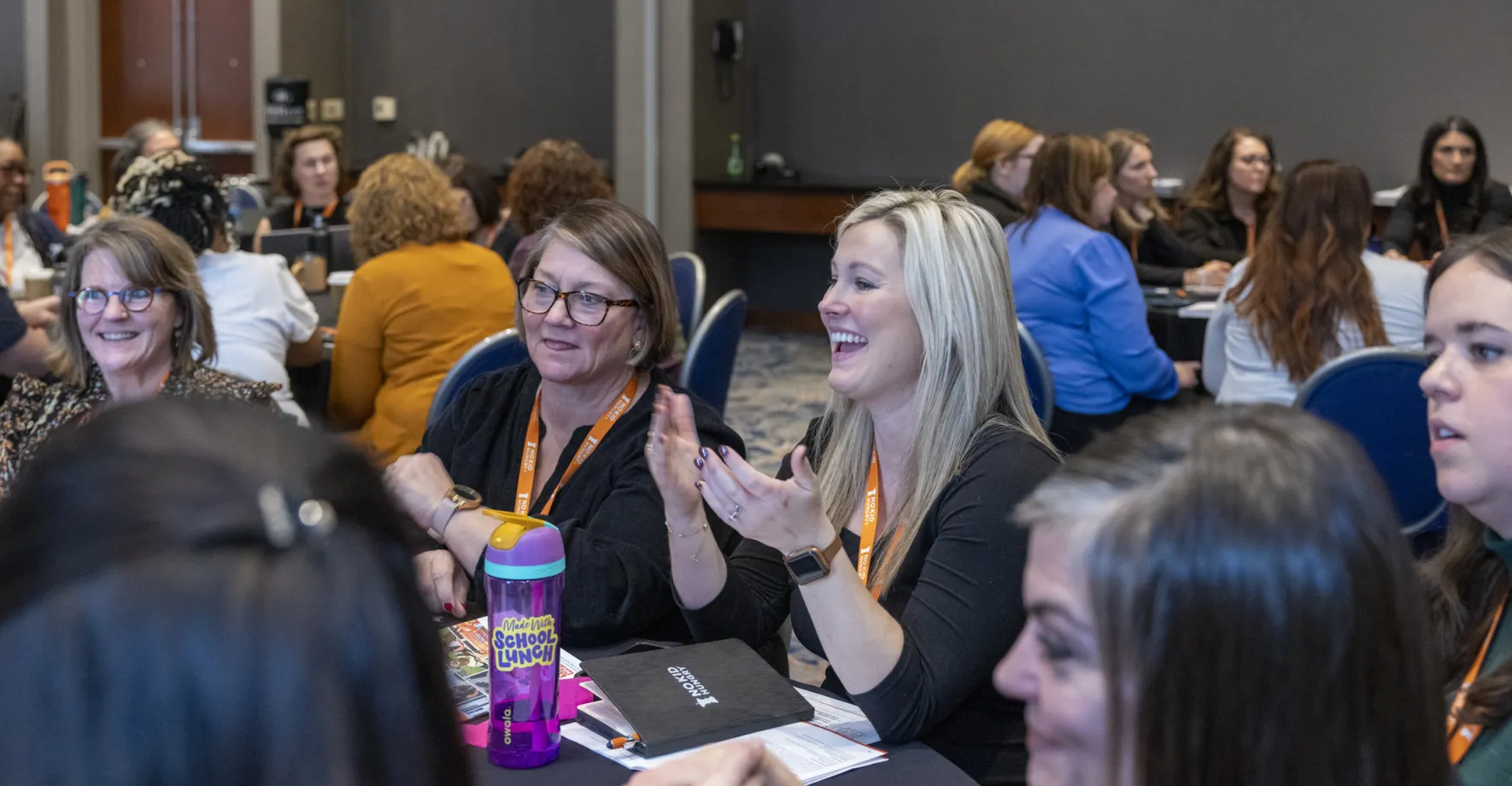
For the millions of kids who rely on free meals at school, summer can be the hungriest time of year, with many schools closing their doors for the season. The need is especially acute in rural communities, where children may be far away from free meals served at schools, libraries and community centers.
But this summer, things will be different.
Thanks to years of effort from our community of advocates and donors, there’s a new federal program to help families buy food during the summer. Families who need help will receive $40 a month per child for the summer. The money is provided on a card that can be used to buy groceries. This system is known as summer electronic benefits transfer (EBT); we saw incredible success in reducing childhood hunger with a similar program during the pandemic.
And there’s another new program that will help kids this summer: rural communities can now offer meals delivery and pick-up services, instead of requiring children to travel to the free meal sites where the meals are served.
No Kid Hungry Summer Nutrition Summit & Grant Funding
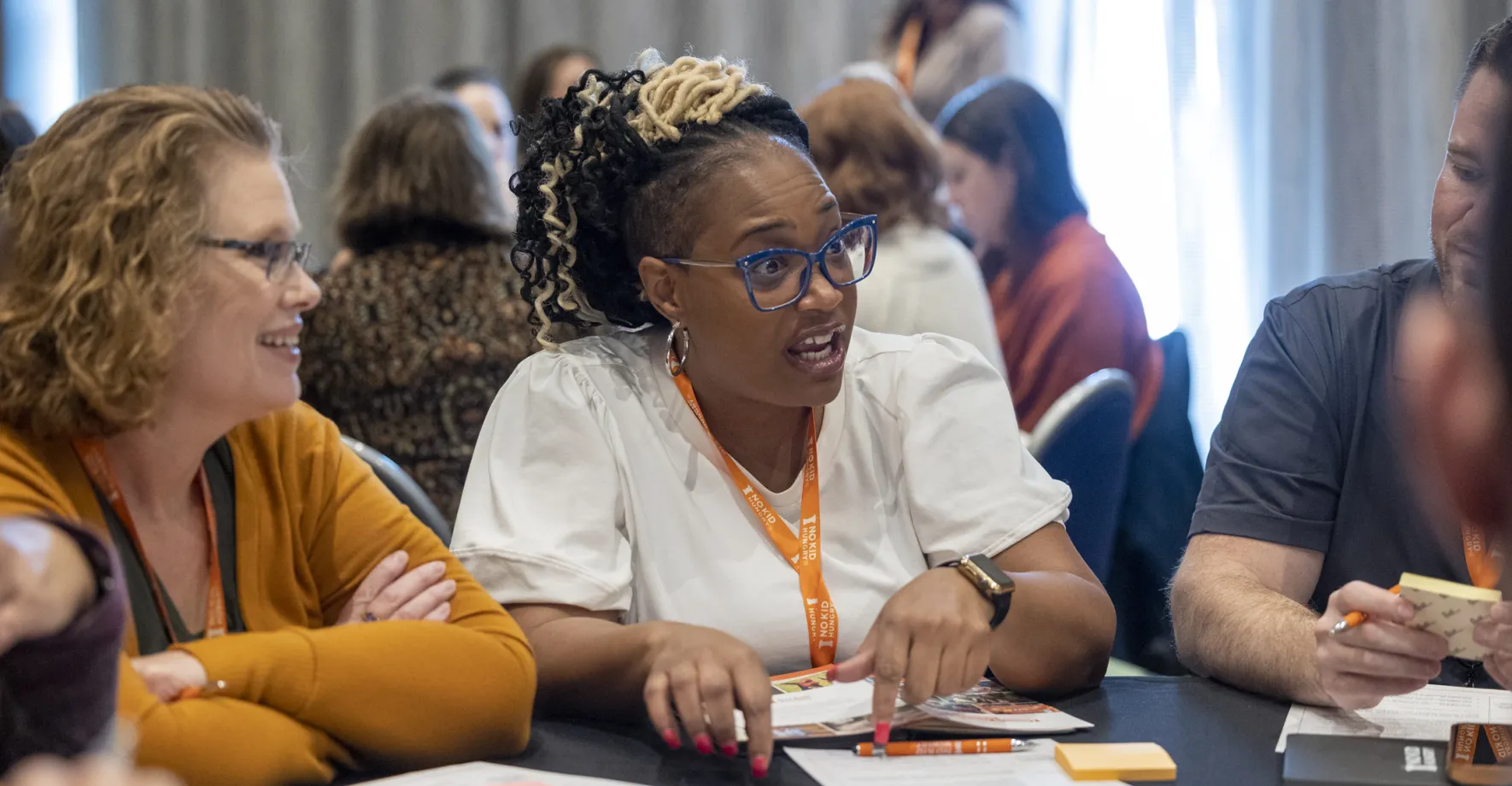
In one session at the summit, Beth Brewster explained how she used a grant from No Kid Hungry to retrofit a bus to deliver meals to children in her rural Maryland county; this past summer they provided 11,000 meals. “We will triple that next year,” Brewster said.
In another, Hilary Brookins talked about how she and her team have successfully delivered free summer meals to children across the rural Chickasaw Nation in Oklahoma - they were able to serve 86,000 meals last summer under the new rules.
Together, these new programs could help more than 29 million children in the United States.
“Before, if you missed the [summer meals] bus, you just wouldn’t eat that day,” said Jada, one of No Kid Hungry’s youth advocates, who spoke at the summit about her work helping families during the summer in her rural Georgia community - as well as her own struggles growing up. “Without No Kid Hungry and the summer meals program, I just wouldn’t have eaten.”
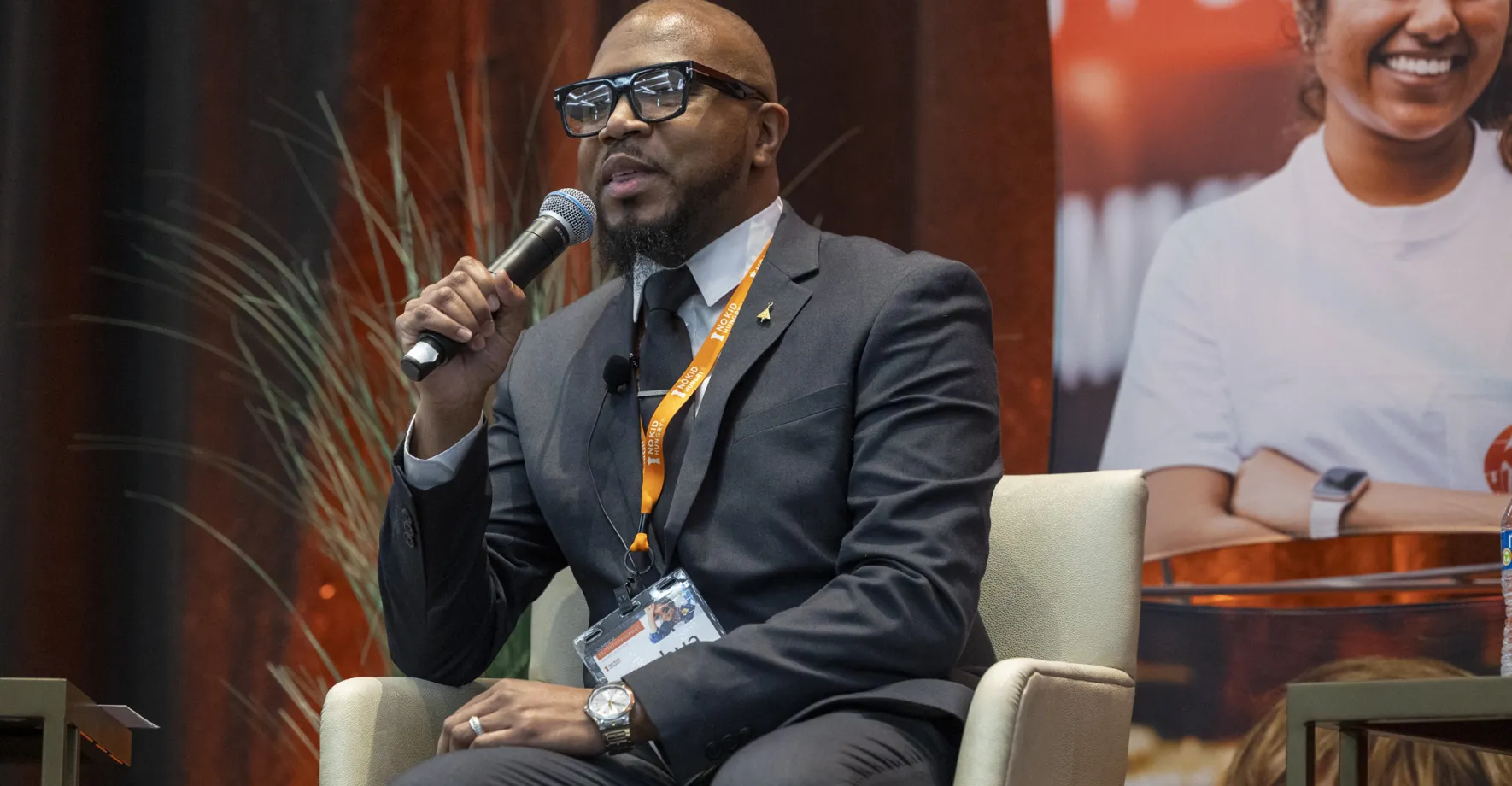
New Policies and Government Funding to Feed More Children
The new policies and government funding represent an incredible opportunity to feed more children. But there’s so much work to be done helping communities understand and implement the new programs.
That challenge was the focus of our summit - community leaders shared successful approaches they’ve taken in their rural communities, while state agency officials listened and shared their knowledge about how the programs work. The sessions covered everything from the perspective of parents to how school systems can retain skilled bus drivers and cafeteria staff to the logistics of different summer meals distribution models.
“A big part of what’s exciting about summer meals is that it’s an extraordinary example of what we can do together,” said Anne Filipic, chief executive officer of Share Our Strength, the nonprofit organization that runs the No Kid Hungry campaign. “This is how change happens.”
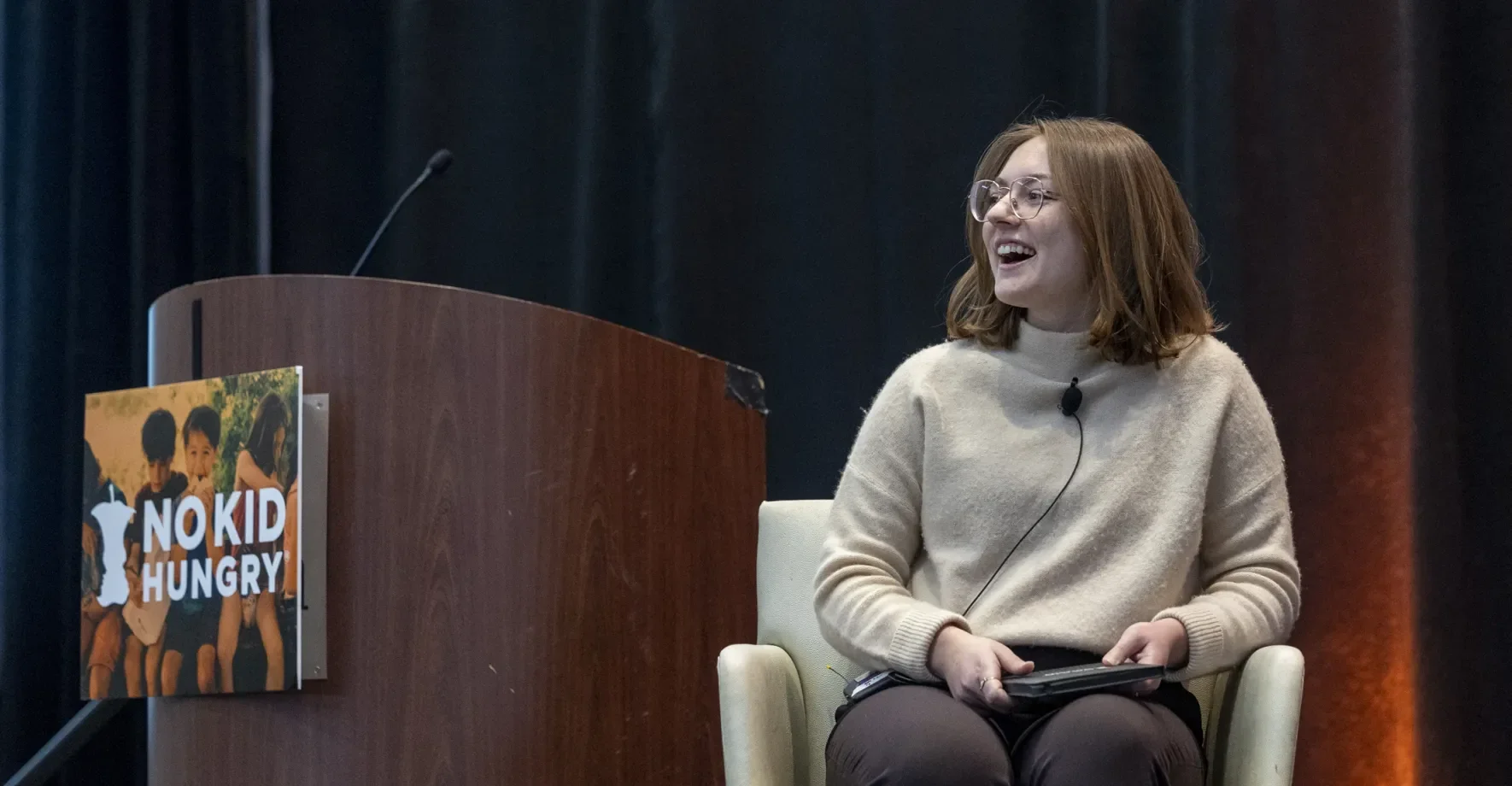
Advocating For Summer Nutrition Programs
Summer nutrition programs are also a rare example of unity across America’s political divide. Senators John Boozman, a Republican from Arkansas, and Debbie Stabenow, a Democrat from Michigan, worked together to pass the new laws. And 35 states have already opted in to summer EBT - the new federal benefit that helps families buy groceries. (“We’re gonna get that number even higher,” Filipic promised.)
“We have the opportunity to do something that folks have been trying to do for a very long time,” said Xochitl Torres Small, deputy secretary for the United States Deputy Secretary of Agriculture, which governs meals programs at the federal level. “These programs will make a real difference this summer for millions of children and their families.”
